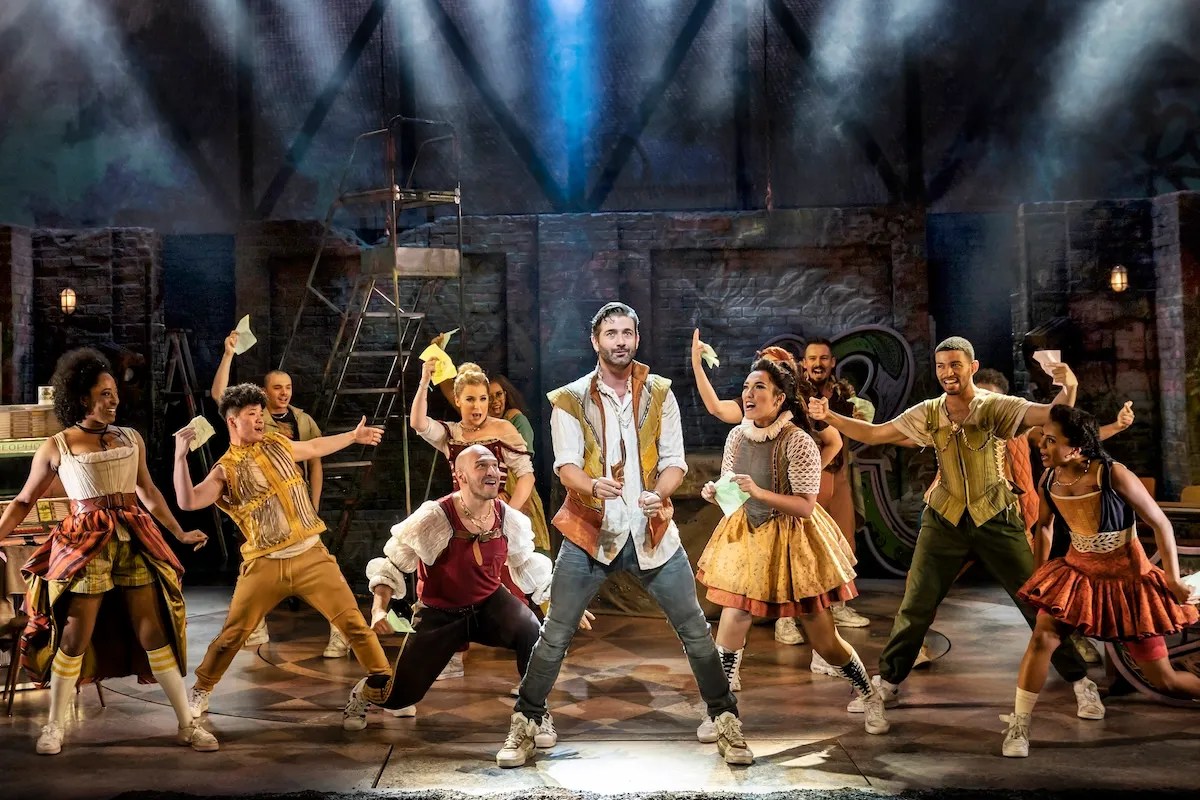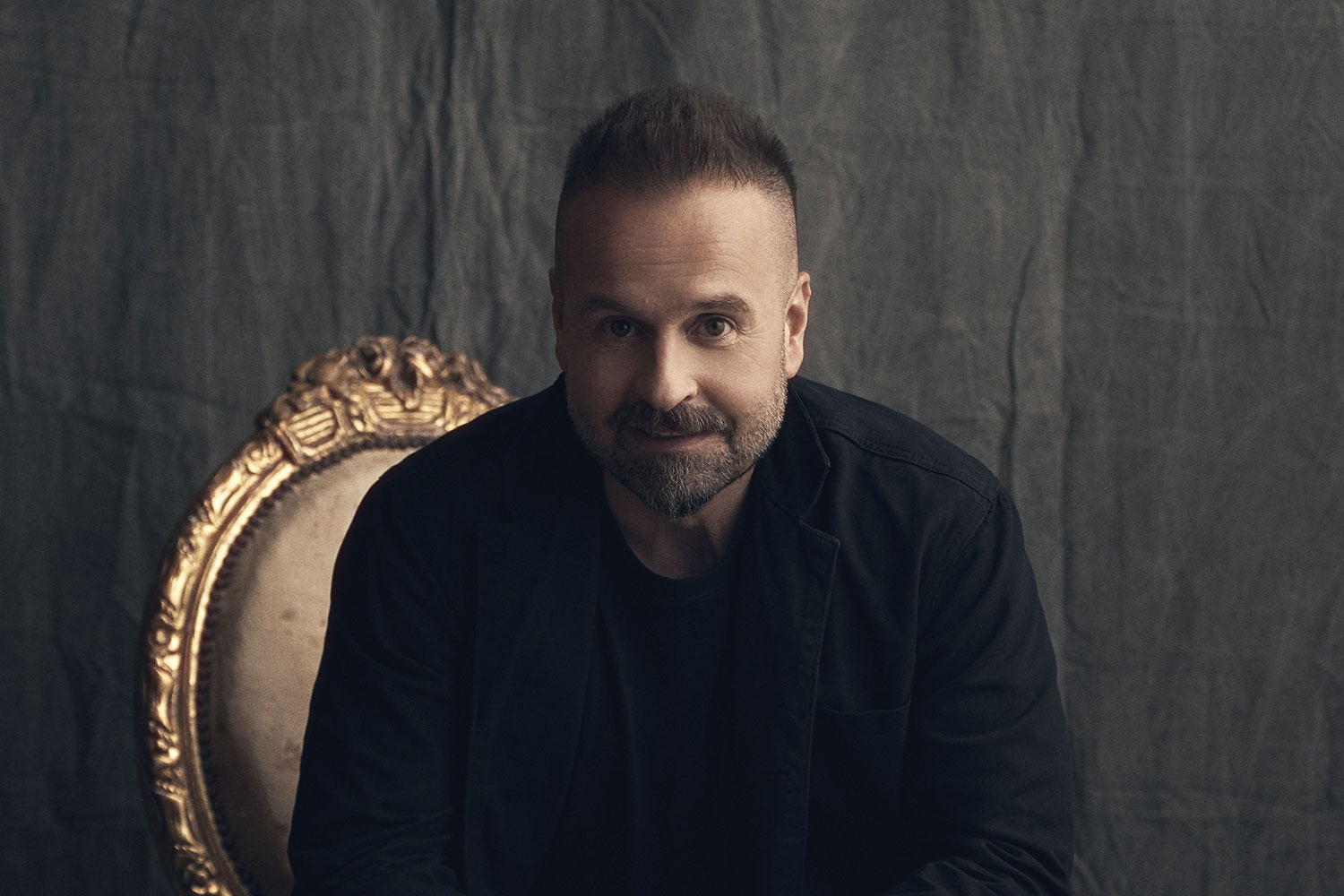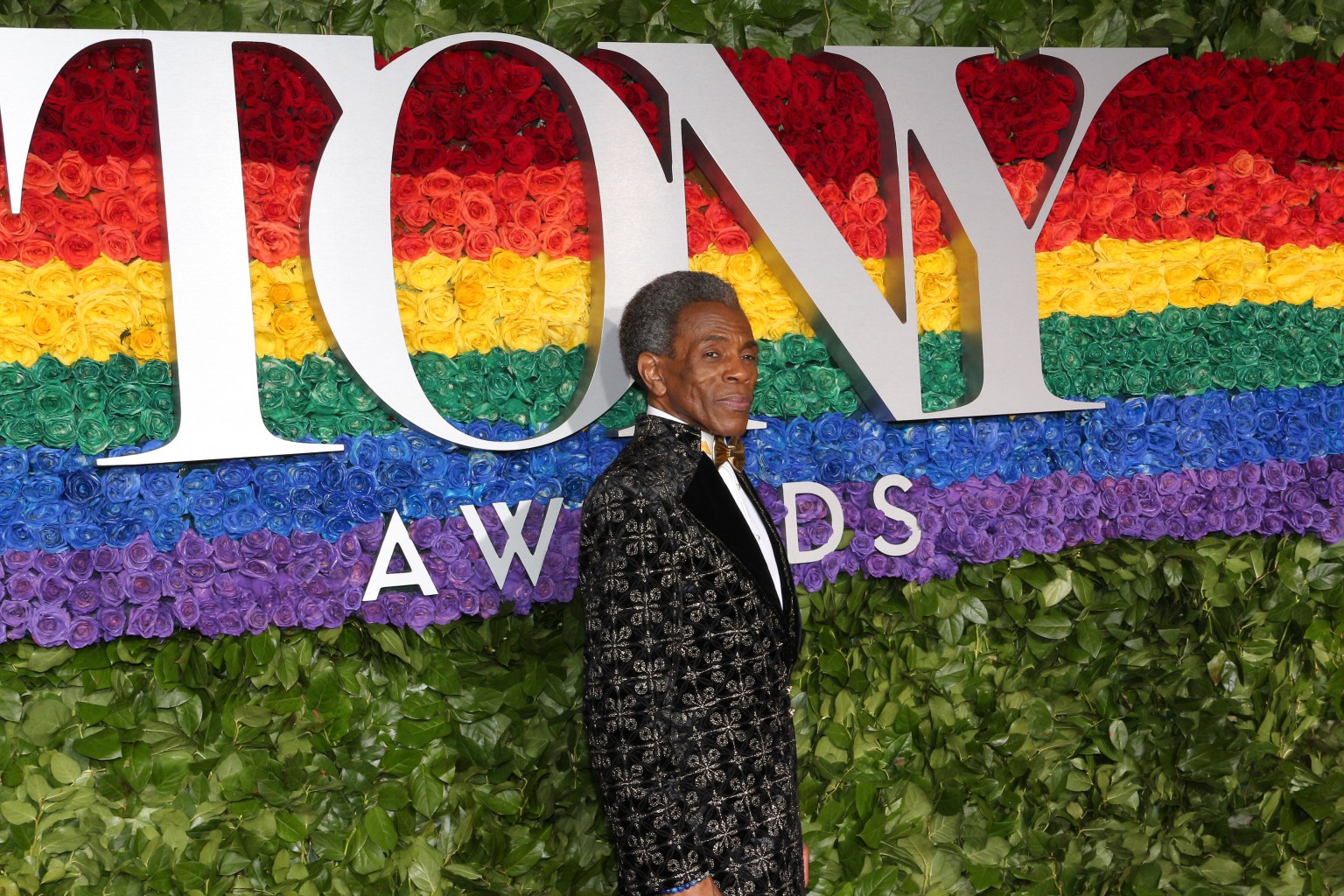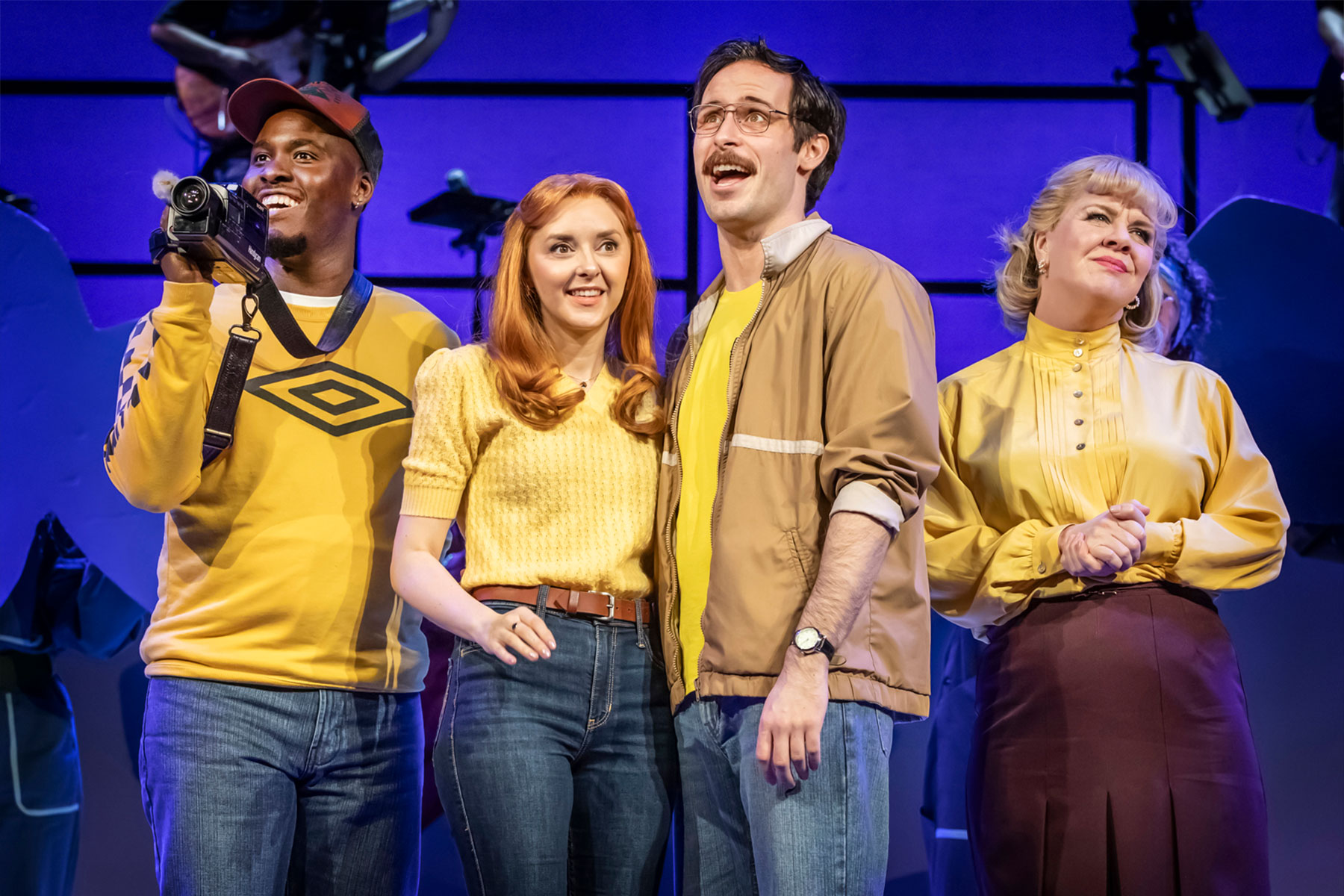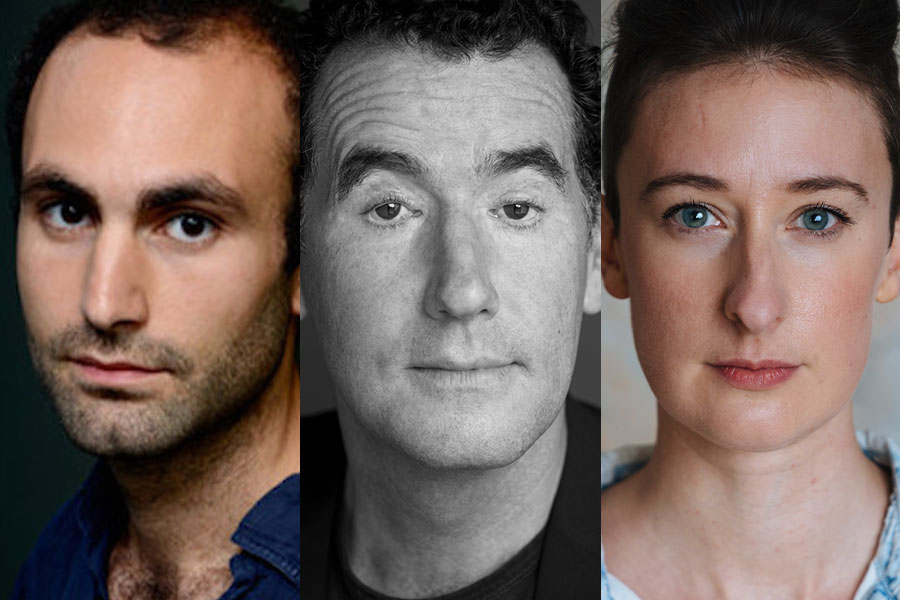Worth a Read: Theatre Books Round-up – Dec 2010
Settle down by the log fire. Log on to Amazon. We can’t promise any of the following will suit your intended present receivers, but we can dish up the latest offerings just in case.
Lastly, although it’s an awful cliche to describe a book – anything, in fact – as a stocking-filler, Ruth Leon’s The Sound of Musicals fits the bill. It’s not quite as wearable as reindeer-patterned socks or as tasty as snowflake-shaped chocolates, but it’s perfectly possible to wear socks, eat chocolate and read this book at the same time. We’ve tried. Have a very merry Christmas!
Laura Silverman
Book reviewer
Judy Garland: The Other Side of the Rainbow by Michael Freedland
JR Books, £18.99
Who
better to ask to find out about the real Judy than her babysitter, her
producers and the man who started the first Judy Garland fan club?
Michael Freedland speaks to all the people you wouldn’t automatically
think of to get to the heart of the actress’s insecurities, mood swings
and failures, as well her appeal, talent and success, of course. The
chapter on Judy as Dorothy in The Wizard of Oz, for example, is told with considerable help from a now 90-year-old man who played a Munchkin in the 1939 film.
The
overarching narrative is told through a series of nostalgic
black-and-white photos in the centre pages. One of the first shows Judy
performing as one of the Gumm sisters aged three in the 1929 film The Big Revue;
the last pictures a gaunt Judy in March 1969 at her fifth wedding
months before her death. For further Garland insight, head to Trafalgar
Studios in the West End, where critical praise has been pouring in for
Peter Quilter’s musical play End of the Rainbow, about the final years of the actresses life. It’s on until 5 March 2011.
Who’s Going to Look at You? by Mark Eden
Troubadour Publishing, £14.99
Mark Eden, better known as Alan Bradley in Coronation Street, is now in his early eighties. He started his theatre career in 1958 as an assistant stage manager at Swansea Repertory Company and starred with Dame Judi Dench in A Penny for a Song in 1963 (there’s a photo here for evidence). But this book, co-written with his friend Stafford Hildred, is stronger on the personal memories than the professional accounts. Eden doesn’t seriously contemplate acting until halfway through. The first eight chapters instead concern the actor’s childhood and teenage years, and are entertaining in whimsical sort of way. The most theatrical reference in recounting his early life is Eden’s part in his primary school play The Pied Piper of Hamlein. Eden had one line and only because another boy dropped out. He played the Fourth Townsperson and at least had a costume: a table cloth as a cloak. How becoming.
In Spite of Myself by Christopher Plummer
JR Books, £20
If Judy Garland will forever be identified as Dorothy in The Wizard of Oz (see above), then Christopher Plummer will always by Captain von Trapp. It was The Sound of Music (or ‘The Sound of Mucus’, as he endearingly calls it) that made Plummer famous, in 1965, but it was the theatre that, from this book, seems to be his real love. In this doorstep of a memoir, at 648 pages, the 80-year-old Canadian recalls a career playing Hamlet, Lear, Oedipus and Cyrano de Bergerac (for which he won a Tony on Broadway in 1973) with terrific jollity. Princess Margaret, Sean Connery, Peter O’Toole, Laurence Olivier and Michael Caine get sometimes gossipy mentions as Plummer describes how he was ‘a ne’er-do-well at night and a serious actor the next day’.
The Sound of Music fans can turn straight to page 390 for 20 pages of what-it-was-really-like revelations, while those with a wider interest might enjoy an anecdote about a hungover Banquo in Macbeth falling off the battlements. There’s plenty here about Plummer’s personal life, too, from his privileged upbringing in Montreal (his great-grandfather was Canadian Prime Minister Sir John Abbott) to his three marriages and relationship with his daughter, Amanda.
The Sound of Musicals by Ruth Leon
Oberon, £9.99
‘Combining speech, music, song and dance is not… an artifice imposed by an elite, but a basic human need’ states Ruth Leon in her opening chapter. Anthropology and evolution aside, this is the way it seems to her – and many a musical lover. In nine short chapters, Leon considers what makes a great musical in a light-hearted but informative way. The top three greatest musicals of all time, almost unanimously agreed, she says are West Side Story, My Fair Lady and Guys and Dolls.
Comprehensive coverage of all the popular ones is impossible in just 100 pages (probably in anything under a million), so Leon concentrates on a few musicals that mean something to her (using a sprinkling of quotations from her late husband Sheridan Morley). One chapter looks at the work of Stephen Sondheim, mentioning a time she met him in Washington with her friend Lynn Redgrave; another considers Fiddler on the Roof, which she took her father to in 1967. This isn’t the most obviously academic of books, so it sits a bit uneasily in the Oberon Masters series, which includes collections include essays by Sir Peter Hall and AC Grayling. But having it under this banner does give it an air of authority. It is also beautifully bound: a slim, smart, slightly old-fashioned looking hardback.
The Train Driver by Athol Fugard
Faber and Faber, £9.99
Athol Fugard has described The Train Driver as ‘perhaps the most important play I’ve written… it’s the emotional journey I’ve travelled in dealing with my inherited legacy of South African prejudice and what you do with that blinkered vision of reality.’ In page numbers, most of this book is not a script at all, but a beautifully written introduction by the 78-year-old South African playwright about writing it. The moving narrative is based on the true story of a woman who threw herself under a train with her three children on The Cape Flats in South Africa. Fugard imagines an encounter between the train driver who goes looking for the graves and the black gravedigger. The play was first staged last March in Cape Town, and received acclaimed reviews when it was on at Hampstead Theatre earlier this month. It’s short and stark, but has terrific emotional power.
The Railway Children by E. Nesbit, adapted by Mike Kenny
Nick Hern, £8.99
The current production of this play, which is being staged on at Platform 24 of Waterloo Station until January 2, has won plaudits for its use of a real train: a 60-tonne Sterling Single Engine. Mike Kenny is keen to remind readers, however, that you don’t need a real train to perform it (certainly not to read it). The actors and the audience just need imagination. His version of E. Nesbit’s 1906 children’s novel transforms it into a memory play, with the adult Roberta, Peter and Phyllis remembering what it was like to be taken to rural Yorkshire as children after their father’s imprisonment for suspected treason. The adaptation highlights Nesbit’s own socialist attitudes, with the narrative involving episodes of charity and a thread about their mother taking in a Russian political refugee. It’s a speedy read, printed with the idea that schools and drama groups will stage it. Ambitious perhaps, but well worth a try.
Make Your Show a Success by Nicholas Gibbs
Teach Yourself, £12.99
This is a beginner’s guide aimed at amateur companies, so if you’re going to get overwhelmingly irritated by someone explaining to you what an actor does, this book might not be for you. But skim over the obvious and you’re almost guaranteed to learn something – whether it’s what the lighting team does or how to get a licence to put on a show. Flipping through is fruitful, too. There’s an interesting section on smoking on stage. You can’t smoke on stage in Wales, Scotland or Northern Ireland. But you can smoke in England if you can prove it’s integral to the plot. Perhaps you knew that; perhaps not. There’s also a chapter on community theatre production companies, useful for anyone part of an am-dram group or who wants to join: it’s not information you find everywhere. For a starters’ guide, it’s a remarkably thorough 260 pages, clearly written and neatly laid out.
Site-Specific Performance by Mike Pearson
Palgrave Macmillan, £16.99
It has become the height of theatrical fashion to put on a play in anywhere but a theatre: think of recent success of Shunt’s Money, in a disused tobacco warehouse in London Bridge, and The Persians, staged by the National Theatre of Wales, at a disused military base in the Brecon Beacons. Mike Pearson’s book is all the more intriguing because of his background. Although he is now a professor of performance studies at Aberystwyth University, Pearson originally studied archaeology. It enables him to draw on geography and drama. The frequent scholarly references and use of terms, such as optic and haptic understanding, suggests this book is aimed at students and academics, but Pearson’s writing style is poetic and engaging. Interspersed with the explanations and discussions, there are lots of exercises to help you examine the impact and potential of your surroundings, including ones you can do in a city, as well on an island, in a forest or in a disused steelworks.




